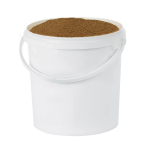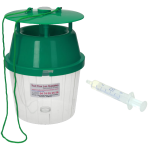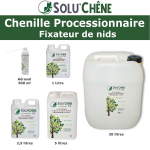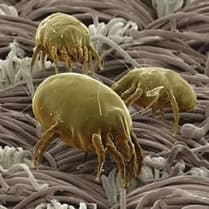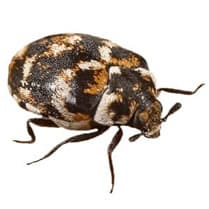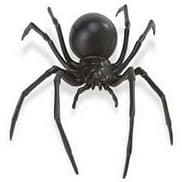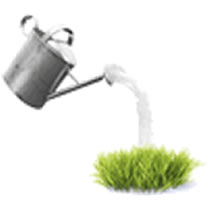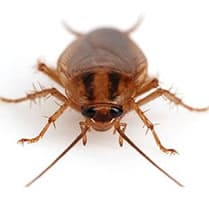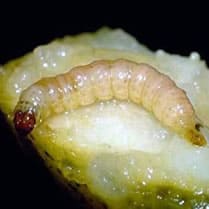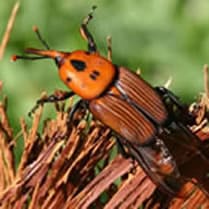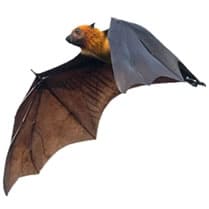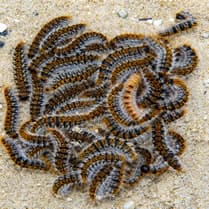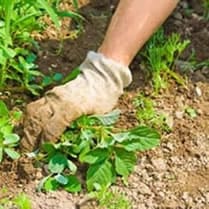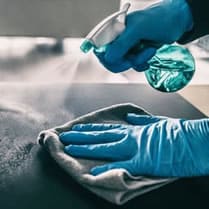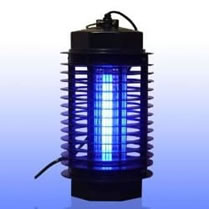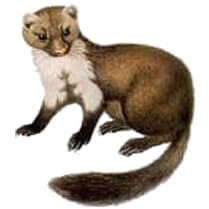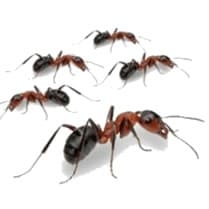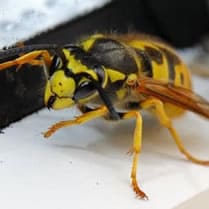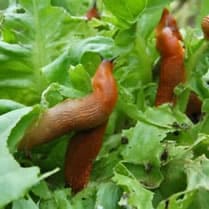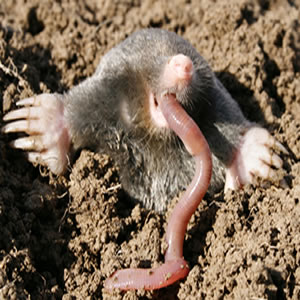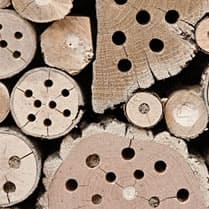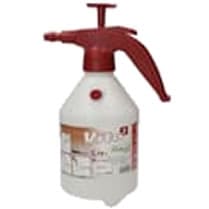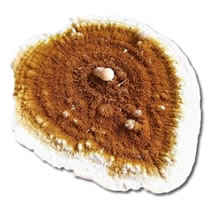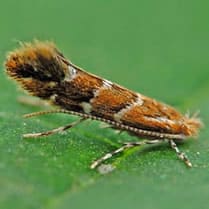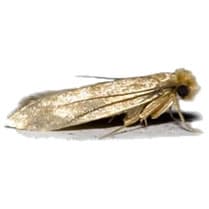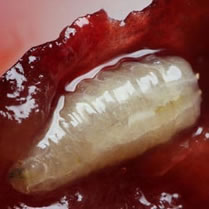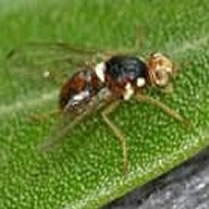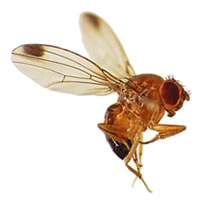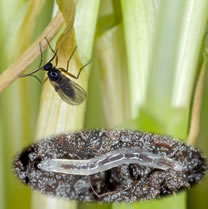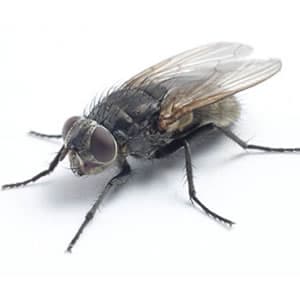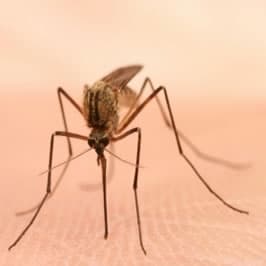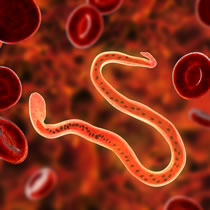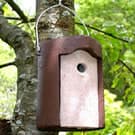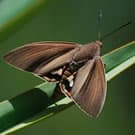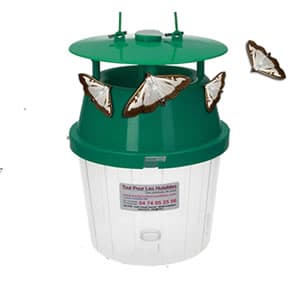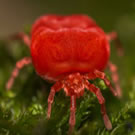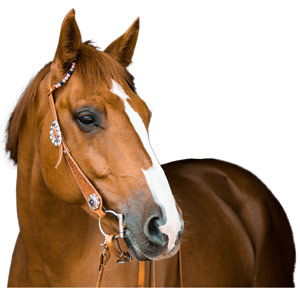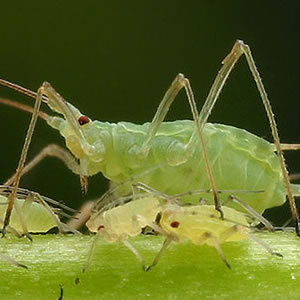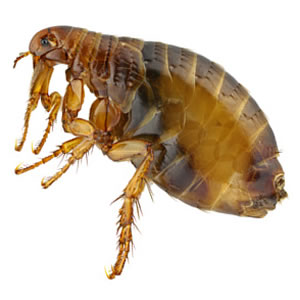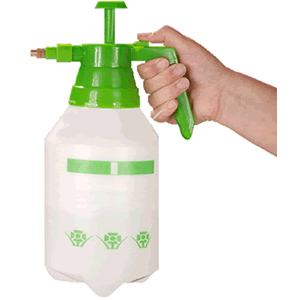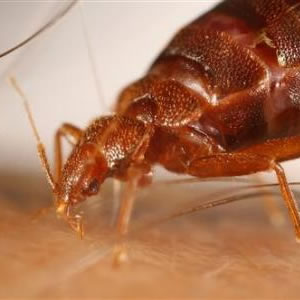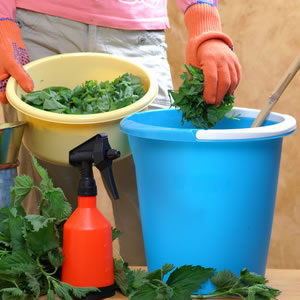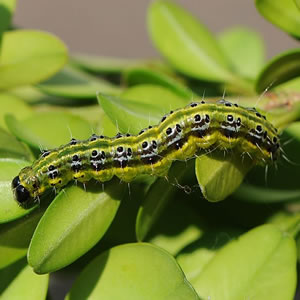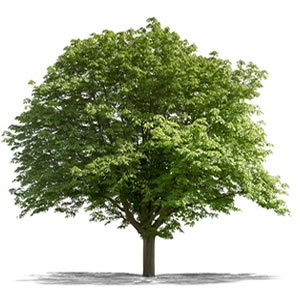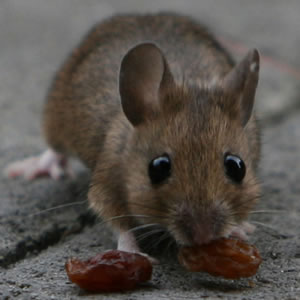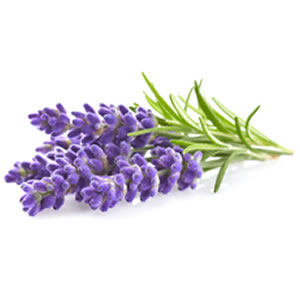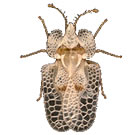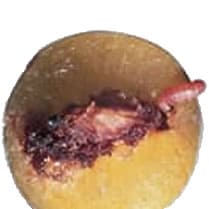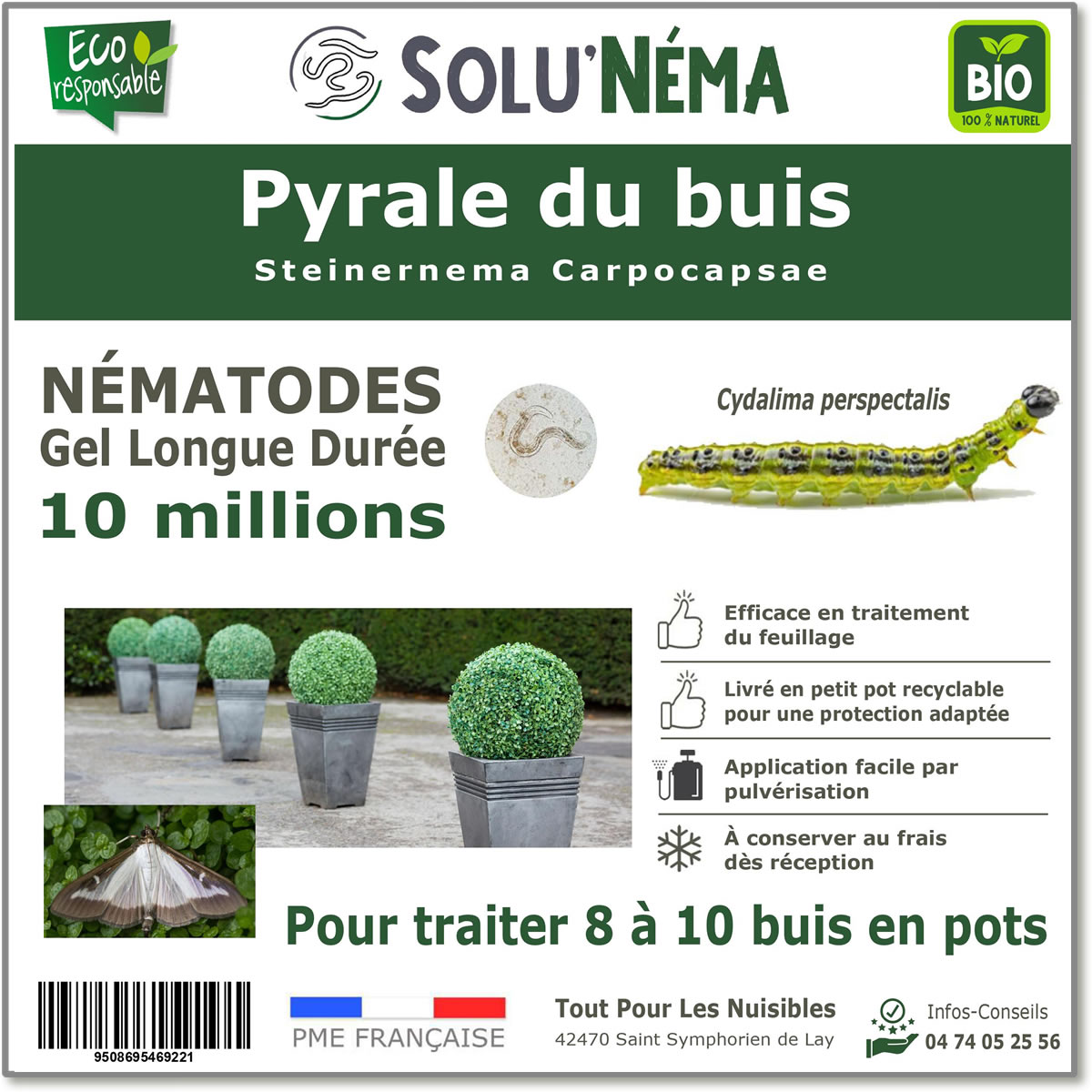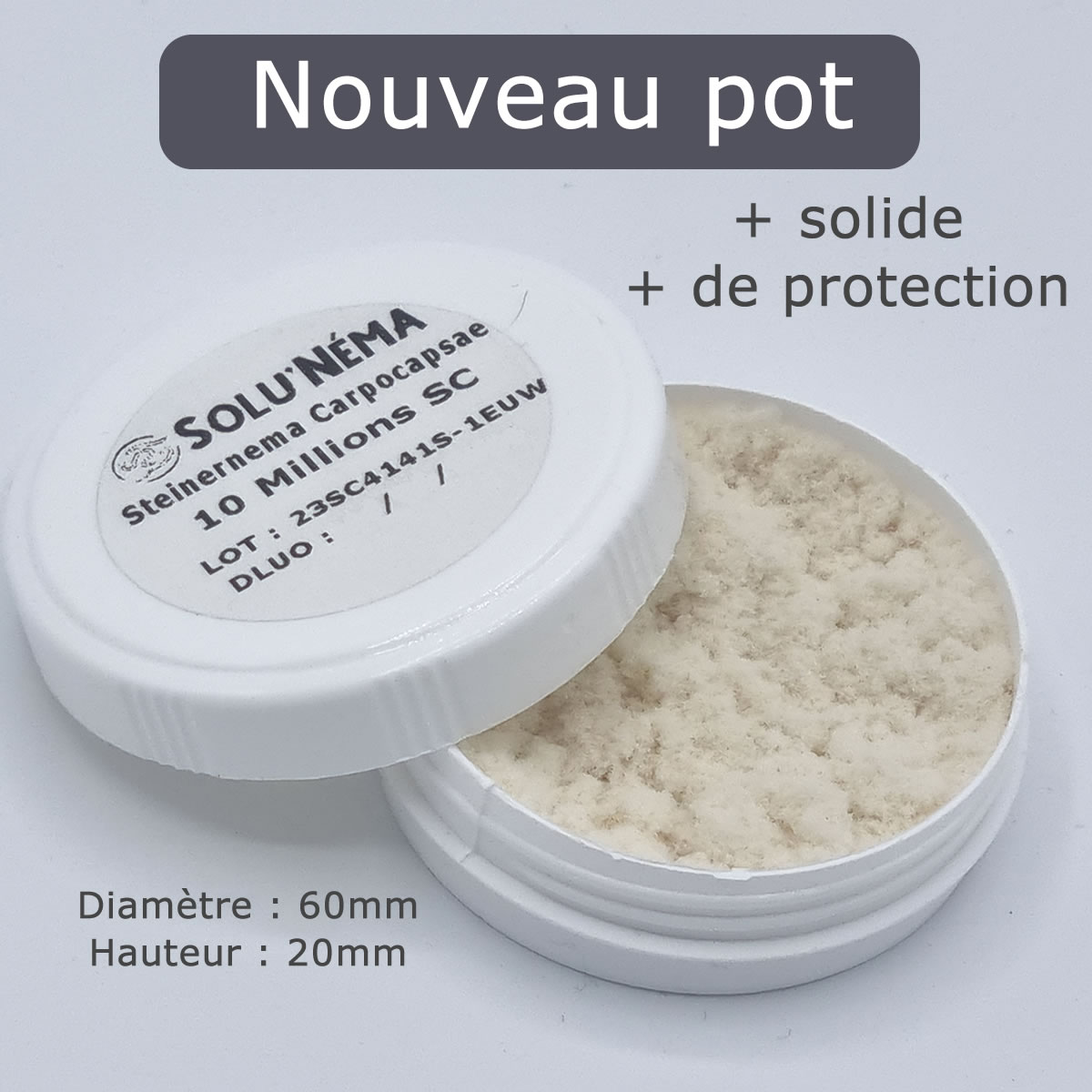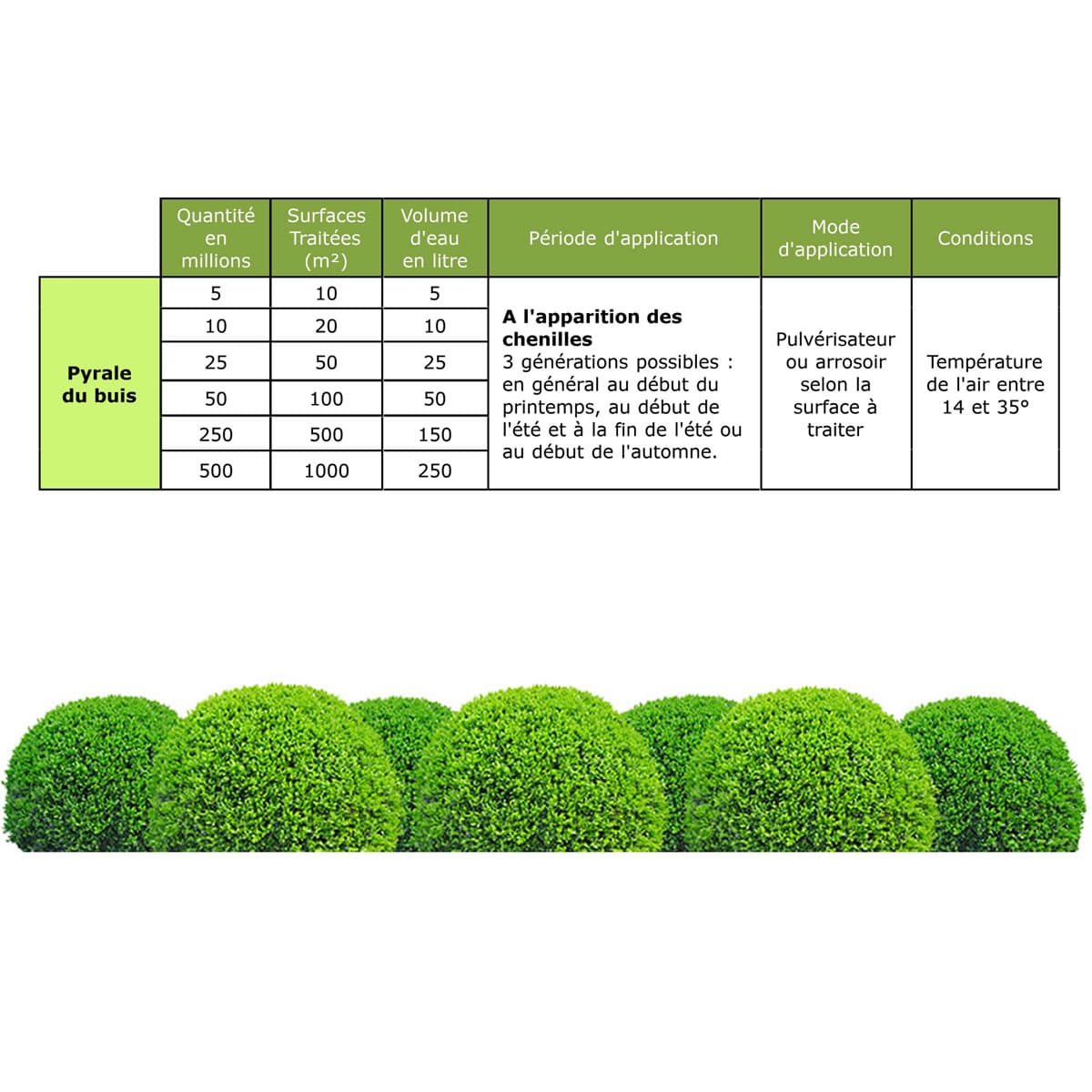- Free delivery
- Oak caterpillar
- Contact us
- Professionnal work place
- Other pests
-
![ACA - Acarien.info, products against mites]() Acariens Acarien.info, products against mites
Acariens Acarien.info, products against mites -
![ANT - Acarien.info, products against mites]() Anthrène des tapis Acarien.info, products against mites
Anthrène des tapis Acarien.info, products against mites -
![ARA - Acarien.info, products against mites]() Araignee Acarien.info, products against mites
Araignee Acarien.info, products against mites -
![ARE - Acarien.info, products against mites]() Arrosage écologique Acarien.info, products against mites
Arrosage écologique Acarien.info, products against mites -
![CAF - Acarien.info, products against mites]() Cafards et Blattes Acarien.info, products against mites
Cafards et Blattes Acarien.info, products against mites -
![CAR - Acarien.info, products against mites]() Carpocapse (vers des fruits) Acarien.info, products against mites
Carpocapse (vers des fruits) Acarien.info, products against mites -
![CRO - Acarien.info, products against mites]() Charancon rouge du palmier Acarien.info, products against mites
Charancon rouge du palmier Acarien.info, products against mites -
![CHI - Acarien.info, products against mites]() Chats-Chiens Acarien.info, products against mites
Chats-Chiens Acarien.info, products against mites -
![LCV - Acarien.info, products against mites]() Chauve souris Acarien.info, products against mites
Chauve souris Acarien.info, products against mites -
![CHE - Acarien.info, products against mites]() Chenille Processionnaire Acarien.info, products against mites
Chenille Processionnaire Acarien.info, products against mites -
![DES - Acarien.info, products against mites]() Desherbage Acarien.info, products against mites
Desherbage Acarien.info, products against mites -
![DVB - Acarien.info, products against mites]() Désinfection-Virus-Bacterie Acarien.info, products against mites
Désinfection-Virus-Bacterie Acarien.info, products against mites -
![DIU - Acarien.info, products against mites]() Destructeur Insectes UV Acarien.info, products against mites
Destructeur Insectes UV Acarien.info, products against mites -
![EPI - Acarien.info, products against mites]() Equipement Protection Individuelle Acarien.info, products against mites
Equipement Protection Individuelle Acarien.info, products against mites -
![FNE - Acarien.info, products against mites]() Fouines Acarien.info, products against mites
Fouines Acarien.info, products against mites -
![FOU - Acarien.info, products against mites]() Fourmis Acarien.info, products against mites
Fourmis Acarien.info, products against mites -
![GUE - Acarien.info, products against mites]() Guêpes - Frelons Asiatique Acarien.info, products against mites
Guêpes - Frelons Asiatique Acarien.info, products against mites -
![ENG - Acarien.info, products against mites]() Les Engrais Acarien.info, products against mites
Les Engrais Acarien.info, products against mites -
![LIM - Acarien.info, products against mites]() Limaces Acarien.info, products against mites
Limaces Acarien.info, products against mites -
![TAU - Acarien.info, products against mites]() Lyon Taupe Acarien.info, products against mites
Lyon Taupe Acarien.info, products against mites -
![INS - Acarien.info, products against mites]() Maisons Insectes Acarien.info, products against mites
Maisons Insectes Acarien.info, products against mites -
![MAT - Acarien.info, products against mites]() Materiel de traitement Acarien.info, products against mites
Materiel de traitement Acarien.info, products against mites -
![MEP - Acarien.info, products against mites]() Mérule Acarien.info, products against mites
Mérule Acarien.info, products against mites -
![MIN - Acarien.info, products against mites]() Mineuse du Marronnier Acarien.info, products against mites
Mineuse du Marronnier Acarien.info, products against mites -
![MIT - Acarien.info, products against mites]() Mites des Vêtements - Alimentaire Acarien.info, products against mites
Mites des Vêtements - Alimentaire Acarien.info, products against mites -
![MOC - Acarien.info, products against mites]() Mouche cerise Acarien.info, products against mites
Mouche cerise Acarien.info, products against mites -
![OLI - Acarien.info, products against mites]() Mouche de l olive Acarien.info, products against mites
Mouche de l olive Acarien.info, products against mites -
![SUZ - Acarien.info, products against mites]() Mouche suzukii Acarien.info, products against mites
Mouche suzukii Acarien.info, products against mites -
![MDT - Acarien.info, products against mites]() Mouche-du-terreau Acarien.info, products against mites
Mouche-du-terreau Acarien.info, products against mites -
![MOU - Acarien.info, products against mites]() Mouches Acarien.info, products against mites
Mouches Acarien.info, products against mites -
![MTQ - Acarien.info, products against mites]() Moustique Acarien.info, products against mites
Moustique Acarien.info, products against mites -
![NEM - Acarien.info, products against mites]() Nématodes Acarien.info, products against mites
Nématodes Acarien.info, products against mites -
![NIC - Acarien.info, products against mites]() Nichoirs et Abris Acarien.info, products against mites
Nichoirs et Abris Acarien.info, products against mites -
![PAL - Acarien.info, products against mites]() palmiers Acarien.info, products against mites
palmiers Acarien.info, products against mites -
![PAY - Acarien.info, products against mites]() Papillon du palmier Acarien.info, products against mites
Papillon du palmier Acarien.info, products against mites -
![PHE - Acarien.info, products against mites]() Phéromone bio Acarien.info, products against mites
Phéromone bio Acarien.info, products against mites -
![PGE - Acarien.info, products against mites]() Pigeon Acarien.info, products against mites
Pigeon Acarien.info, products against mites -
![POU - Acarien.info, products against mites]() Poux rouges du Poulailler Acarien.info, products against mites
Poux rouges du Poulailler Acarien.info, products against mites -
![PDC - Acarien.info, products against mites]() Protection du cheval Acarien.info, products against mites
Protection du cheval Acarien.info, products against mites -
![PCR - Acarien.info, products against mites]() Pucerons Acarien.info, products against mites
Pucerons Acarien.info, products against mites -
![PUC - Acarien.info, products against mites]() Puces Acarien.info, products against mites
Puces Acarien.info, products against mites -
![PUL - Acarien.info, products against mites]() Pulvérisateur Acarien.info, products against mites
Pulvérisateur Acarien.info, products against mites -
![PUN - Acarien.info, products against mites]() Punaise de Lit Acarien.info, products against mites
Punaise de Lit Acarien.info, products against mites -
![PUR - Acarien.info, products against mites]() Purin Acarien.info, products against mites
Purin Acarien.info, products against mites -
![PYR - Acarien.info, products against mites]() Pyrale du buis Acarien.info, products against mites
Pyrale du buis Acarien.info, products against mites -
![SER - Acarien.info, products against mites]() Serpents Acarien.info, products against mites
Serpents Acarien.info, products against mites -
![SDA - Acarien.info, products against mites]() Soin des arbres Acarien.info, products against mites
Soin des arbres Acarien.info, products against mites -
![SDV - Acarien.info, products against mites]() Soin des végétaux Acarien.info, products against mites
Soin des végétaux Acarien.info, products against mites -
![SOU - Acarien.info, products against mites]() Souris - Rat - Campagnol - Rongeur Acarien.info, products against mites
Souris - Rat - Campagnol - Rongeur Acarien.info, products against mites -
![STO - Acarien.info, products against mites]() Stop Odeur Acarien.info, products against mites
Stop Odeur Acarien.info, products against mites -
![TIG - Acarien.info, products against mites]() Tigre du Platane Acarien.info, products against mites
Tigre du Platane Acarien.info, products against mites -
![CPT - Acarien.info, products against mites]() Tout Pour Le Compost Acarien.info, products against mites
Tout Pour Le Compost Acarien.info, products against mites -
![TPG - Acarien.info, products against mites]() Tout Pour Mon Gazon Acarien.info, products against mites
Tout Pour Mon Gazon Acarien.info, products against mites -
![PRU - Acarien.info, products against mites]() Ver de la prune Acarien.info, products against mites
Ver de la prune Acarien.info, products against mites -
![VRI - Acarien.info, products against mites]() Vrillette Acarien.info, products against mites
Vrillette Acarien.info, products against mites
-
Box Tree Moth Caterpillar Treatment - 10 Million Nematodes (SC)
Disponibilité : En stock
Treatment with carpocasae nematodes to control box tree moth caterpillars
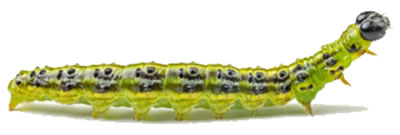 The box tree moth is a moth native to East Asia. It has become a real plague for box trees in France and other parts of Europe. Its larva, or caterpillar, feeds on boxwood leaves, causing considerable damage. In the event of a massive infestation, it can even cause the death of the shrub.
The box tree moth is a moth native to East Asia. It has become a real plague for box trees in France and other parts of Europe. Its larva, or caterpillar, feeds on boxwood leaves, causing considerable damage. In the event of a massive infestation, it can even cause the death of the shrub.
Steinernema Carpocapsae (SC) nematodes are microscopic worms that are used as a biocontrol treatment against Colorado potato beetles.
When applied to the leaves of a box tree infested by box tree moth caterpillars, the nematodes actively search for their prey. Once in contact with a caterpillar, the nematodes penetrate through the natural orifices of the insect. Once inside, the nematodes release specific symbiotic bacteria which multiply rapidly and cause the death of the caterpillar.
The action of nematodes against box tree moth caterpillars is considered an effective and environmentally friendly method of biological control , as it specifically targets the pest without harming other beneficial organisms or humans.
How to Use Nematodes to Control Box Tree Moth Caterpillars
Treat as soon as the caterpillars appear: The box tree moth can generally have 2 to 3 generations per year, although this may vary depending on weather conditions.
The first cycle usually begins in the spring, when temperatures begin to rise. The second cycle begins when these new first generation butterflies lay their eggs with the appearance of caterpillars in early summer. Under favorable conditions, a third cycle can occur in late summer or early fall.
1. Identify the problem
Leaf damage: The first signs of infestation are usually partially eaten leaves woven together with silken threads. Over time, shrubs can become completely bare.
Presence of caterpillars: Box tree moth larvae are green caterpillars with a black line along each side of their body and a black head. They can often be found inside sheets rolled up or woven together.
Droppings: The caterpillars leave behind dark green droppings which can often be found on the leaves or at the base of the shrub.
Presence of butterflies: Adults are white moths with a brownish border along the wings. They are generally active from dusk until dawn and can be attracted to light.
2. Preparation of nematode solution
Bring nematodes to room temperature 30 minutes before use. To mix the nematodes well, it is recommended to dilute the entire jar or sachet in a small container of clean water at room temperature by pre-diluting the nematodes before mixing them. Stir this mixture well and allow the contents to dilute for 5 minutes. If there are any lumps left, that's okay, but it could clog the nozzles. Then, pour this preparation into your watering can or sprayer and add the rest of the water (between 15°C and 25°C). Mix again.
3. Spray application or watering of nematodes on boxwood
Before applying the nematode solution to boxwood, moisten the foliage with a light watering. This will allow the nematodes to move more easily to their prey. Since nematodes do not have legs, they use moisture in combination with foliage particles to move around. Spray while continuing to agitate the mixture to prevent the nematodes from ending up all at the bottom of the sprayer or watering can.
4. Continue humidification
Nematodes need a moist environment to move to their prey. To maintain their effectiveness, continue to water your boxwood regularly.
5. Monitor results
Steinernema Carpocapsae nematodes act fast enough to control caterpillar larvae. You should notice a decrease in the caterpillar population after a few days. However, be careful, as the nematodes treat the caterpillars, so you might still see moths. If the caterpillars persist, it is necessary to repeat the treatment.
It is important to follow application instructions for best results in treating box tree moth with Steinernema carpocapsae nematodes.
How do nematodes work?
The nematodes move in search of the caterpillars they parasitize. When they find them, they enter their body through natural channels and multiply inside, thus leading to their death within a few days.
Inside the caterpillar, the nematodes release a bacterium that quickly kills it. This bacterium also helps turn the caterpillar into food for nematodes. This food allows the nematodes to complete their development cycle.
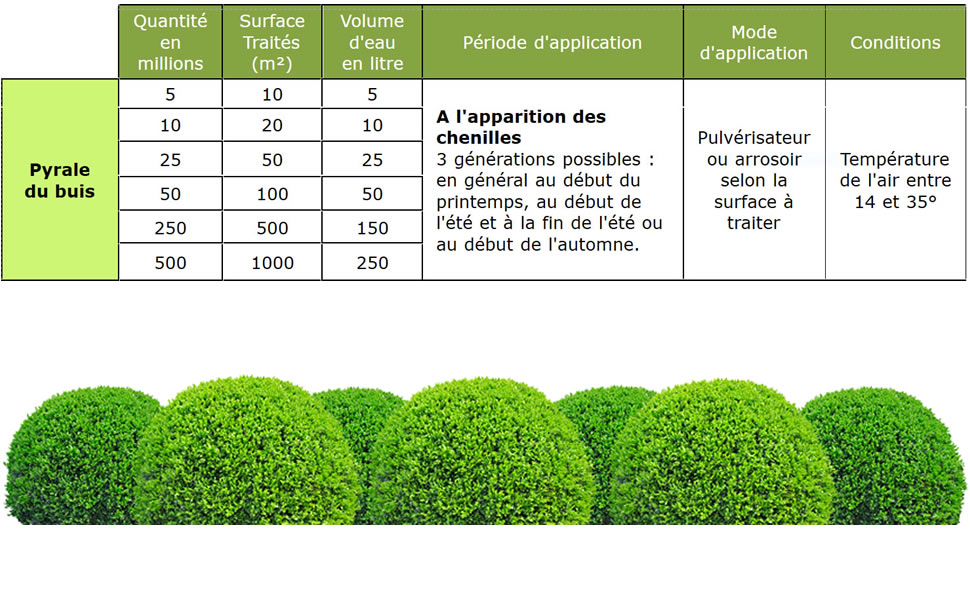
IMPORTANT
- Store cool at 2-6°C (do not freeze) in the refrigerator after receipt until use and protected from light.
- Bring to room temperature for 30 minutes before use.
- To be used as soon as the temperatures are between 14 to 35° C.
- Use early morning or late evening to avoid UV, as nematodes are UV sensitive.
- Nematodes are not afraid of heat (<30°C), keeping them cold only aims to plunge them into cryptobiosis, thus keeping them in a state of lethargy.
- At room temperature, the nematodes continue their development.
- Spraying: Remove the filters, use a nozzle diameter > 0.5 mm (35 mesh), prefer a high-flow hollow "conical jet" type nozzle.
- Do not keep the solution once diluted in water, the nematodes would eventually die of asphyxiation.
| Cart Summary | |||||||||
|---|---|---|---|---|---|---|---|---|---|
| Subtotal : | 0.00 € | ||||||||
|
|
|||||||||
| Total : | 0.00 € | ||||||||








Over-Ear Headphone
$120 $200
Lorem ipsum, dolor sit, amet consectetur adipisicing elit. Ipsum non facilis corporis modi consequatur. Iure perferendis dicta illum deleniti veritatis vero tempora maxime ducimus quaerat, iusto omnis magni doloribus. Repellat exercitationem odio amet sit.


